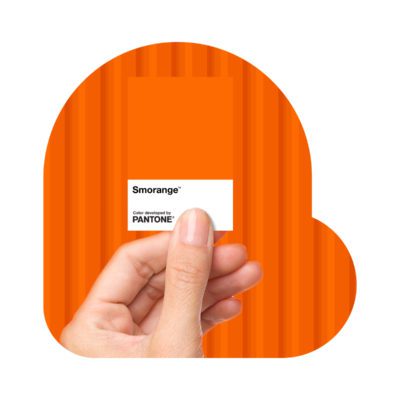With more than 1 million restaurant locations in the United States in 2021, restaurant branding is now more critical than ever. Not only does having a strong brand identity help restaurants stand out in an extremely crowded market, but it also helps current and potential customers make deeper emotional connections with restaurants. This can translate into more frequent visits, more positive reviews and more word-of-mouth referrals. But developing your restaurant’s brand identity is much more than simply creating a logo and choosing brand colors. Here we briefly discuss some basic steps on how to brand a restaurant.
Define your mission and values.

Clearly defining who you are and what you believe in is the foundation for establishing a strong brand identity. And it all starts with knowing your why. Why is it you do what you do? Why are you in the restaurant business? Why do you want to serve whatever food you specialize into guests? Once you know your why, you can develop your mission and values and have a deeper impact. Your unique mission and values will not only differentiate you from your competition and create unity among employees, but it will also establish a basis for everyone in the company to make better decisions. But it’s not just employees who want to know what you stand for. Customers are more interested than ever in supporting companies whose beliefs align with their beliefs. In fact, 64% of consumers say that shared values help them create a trusted relationship with brands.
Understand your target audience.

Having a clearly identified and defined target audience is crucial for developing your restaurant’s brand identity. You need to research who your existing customers are—their age, income level, marital status, family type and daily routine. Try to go beyond basic demographics and uncover some psychographic factors, like their likes and interests, what other brands they have an affinity for, what is their motivation to spend, and even identify some emotional characteristics. This will help you visualized the exact type of people you are targeting and evaluate your brand through your target audience’s eyes.
Have a consistent voice.

Knowing what you want to say and who you want to say it to are major factors in developing your brand identity. But how you say things is equally important. You must communicate to your target audience in the voice that will resonate with them the best and that they will respond to the most strongly. For example, if you are a casual restaurant with a fun and exciting menu offerings that appeal to Gen Z, then your brand voice should reflect this. A fun, irreverent voice that utilizes current internet slang/trends may be perfect for your communications. But if you’re a fine dining establishment catering to boomers and older millennials, then a more refined, sophisticated voice may be a better fit. That isn’t to say fine dining can’t have a playful voice, as that may be what works for your brand and resonates with your specific audience. Just be consistent. Maintain the same voice across all communications and platforms. Not only will this solidify your brand’s authenticity in the eyes and ears of fans, but it can boost your bottom line as well—brand consistency across all platforms can increase revenue by up to 23%.
There is much more to crafting a strong restaurant identity than these initial steps, but this gives some basic understanding of the process. Whether you decide to hire us, another branding firm, or try to take on the task yourself, we’re here to help. Restaurant branding, including multi-location restaurants, is one of our specialties, so feel free to reach out to discuss this topic further.




